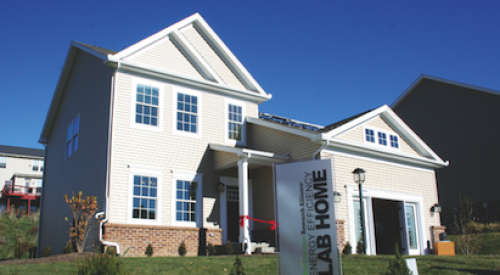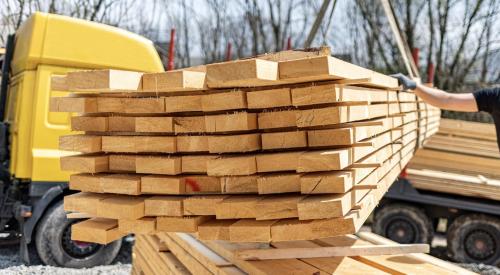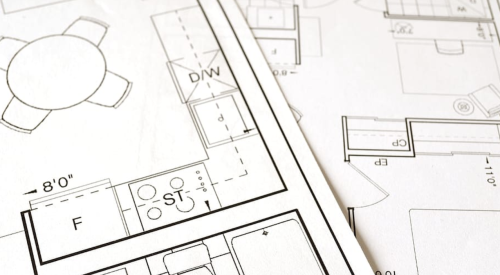For many years the trend in home building has been toward the use of specialized trade subcontractors that are masters of specific parts of the building process -- from framers and landscapers to painters and drywallers. Now, with an eye toward quality and streamlining, research is being launched to examine the effect of creating a new class of subcontractors or super subs that would coordinate several related building processes.
To that end, HUD's Partnership for Advanced Technology in Housing recently awarded a $150,000 research grant to building materials supplier CertainTeed Corp. to study the viability of the concept and the potential benefits for the industry. For example, total comfort super subs might combine functions to handle the insulation and HVAC installation while others would merge trades to form the building envelope team or the foundation team and so on.
"It is a function of trying to help builders reduce the 30 or 40 subcontractors that they have to deal with on a given house or neighborhood," says Glenn Singer, director of customer programs at CertainTeed. "The other side of that is to attempt to have subcontractors work together more closely. The super sub might be one subcontractor that does three or four things or it might be one subcontractor that works with two other subcontractors and then coordinates all of the activities."
The research, to take place over the next three years, will evaluate the present home building process and the issues with it, and propose radical changes to remedy it, as well as address the benefits of doing so.
The first year's work, which is just getting underway, will define the super sub concept and examine the efficiencies and inefficiencies of the existing system. The second year will involve prototype fieldtesting. The final year will involve analyzing, evaluating, and revising the concept to prepare implementation guidelines for a model phase as well as a demonstration project.
Singer also points out that having fewer, larger subs that are more accountable to the overall efficiency of a project as well as to maintaining a higher level of construction quality is very much in line with current management trends.
"We are talking about a situation where, after the boom period we have been through, builders can see that quality control and improved efficiency can help them shorten cycle times, which goes directly to their bottom line," says Singer.
There are also a number of potential benefits to subcontractors interested in expanding their businesses. Today there are many subs that have made natural expansions of their offerings. It is not uncommon today to find a drywaller that will also install shelving, or to find an insulation crew with a sister company that installs heating and air conditioning equipment, notes Singer. "Now a company can go to a builder and say that it can handle all of the builder's heating and cooling needs."











